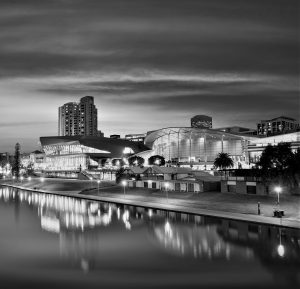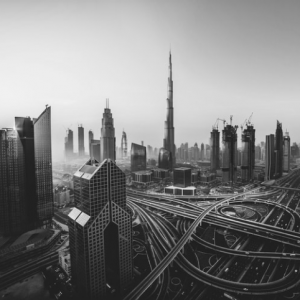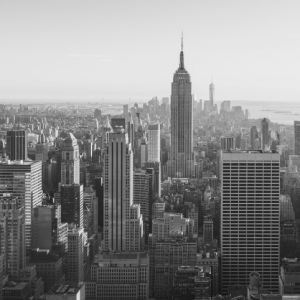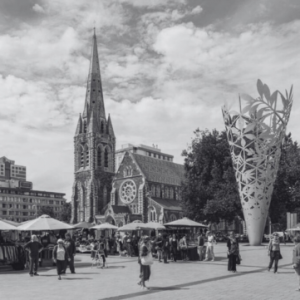Trends and Developments in the APAC Data Centre Market
- 25 Mar 2021
- client
- 2021
As all regions globally can attest to, the past 12 months have driven our requirement for extra data centre (DC) capacity at an exponential rate. It is fast becoming one of the most attractive investment asset classes out there for funds looking to put their capital to work, often partnering with a more established operational partner. Working from home, shopping online, contactless payments, video conferencing and reliance on the cloud has driven our hunger for data centres to carry more MW capacity than ever before.
As many colocation, hyperscale and web service providers look to expand their operations in Asia, even seeing it as their major opportunity for growth globally over the next 10 years. Here is a brief look into some of the key locations within the APAC region to highlight their key plans and also challenges.
Singapore
Well regarded as Asia’s most mature and desirable DC market – and for good reason – Singapore has run into some slight speedbumps of late, in 2019 the government placed a moratorium on new DC developments in order to tackle their clean energy and scarcity of greenfield land issues. This is due to be lifted this year, however no announcements on dates have been made yet.
With over 95% of all Singapore’s energy coming from natural gas and a massive 7-9% of the city-state’s total power usage going into DCs (an average country with a mature DC market sees normally 1-2%) they need to re-evaluate their energy solutions.
Once these issues are resolved we will see major operators in the market looking to take advantage of Singapore’s stable power network and relative safety from natural disasters. It is likely Singapore will make use of reclaimed land or create floating DCs on a larger scale than we have seen and will make use of seawater cooling.
Japan
Having already a high rate of data consumption, the major requirement here will be to increase density, through refitting ageing DCs or retooling other industrial buildings into new facilities. We will see continued growth of total MW capacity in the country over the next 5 years.
High energy costs will also be a key driver for the development of next generation technology and cleaner, cheaper power. The aging population has been cited as a concern for technological advancement but with the relatively small workforce required within the industry, the DC sector should remain buoyant.
China
The world’s most populous country is undergoing somewhat of a digital transformation fuelled by a huge uptake in e-commerce. The Chinese DC market is expected to reach annual revenue of USD 27 billion by 2025. This will be through a drive in the artificial intelligence, blockchain and quantum computing sectors along with the needs of a population striving to enhance their online lives.
Ease of entry to the market, construction permits, and energy security remain high priority concerns for some overseas companies looking to invest in China. Despite that, many international DC providers have embraced the country and its many wealthy investors, seeing the huge potential of China as one of the largest single DC markets in the world.
We will see new DC builds focused on tier 2 and 3 cities in the next wave of development, completed in tandem with major civil and infrastructure projects serving those areas.
Taiwan
High density power users such as Google and Microsoft have opened multiple locations here in the past few years and are currently building more hyperscale sites while the colocation and smaller (scale or lower MW site) market remain ripe for new development.
With multiple deep-sea cable connections with the US, Taiwan is a prime location for DC buildouts. There are likely to be multiple new projects in the coming years, as both Asia-centric and more traditional global providers look to grow their APAC offerings.
Their stable power grid, relatively good value land prices and an educated, often multilingual workforce will aid rapid growth and see them potentially challenge Singapore to be the DC capital of Asia.
Hong Kong
The SAR will remain the primary North Asian choice in the short to medium term for consolidation. Hong Kong already has an impressive capacity of over 380MW (in late 2020), and more than 200 additional MW already planned. Hong Kong currently has 11 regional and trans-Pacific submarine cable systems connected to the city and the ease of entry to market for international operators make it the ideal gateway for businesses interested in gaining a penetration to mainland China. Back to news











